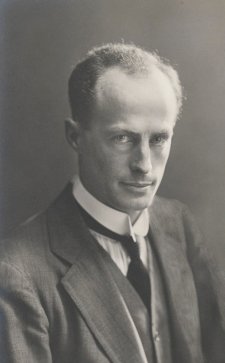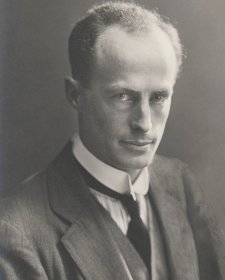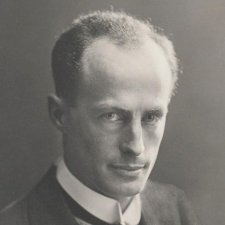- About us
- Support the Gallery
- Venue hire
- Publications
- Research library
- Organisation chart
- Employment
- Contact us
- Make a booking
- Onsite programs
- Online programs
- School visit information
- Learning resources
- Little Darlings
- Professional learning
Sir Douglas Mawson Kt OBE FRS (1882-1958) is considered one of the twentieth century's most eminent explorers. British-born, Mawson came to Australia with his family as a toddler and was educated in Sydney. Aged 17, he enrolled at the University of Sydney, and by 1904 had completed degrees in mining engineering and geology. As an undergraduate, Mawson had taken part in scientific expeditions in Australia and Vanuatu; and published on geology and geochemistry. In 1905, he was appointed lecturer in mineralogy and petrology at the University of Adelaide, where his interest and research in the geology of South Australia began. Mawson made the first of his three journeys to Antarctica when, aged 27, he was appointed physicist to Sir Ernest Shackleton's British Antarctic Expedition (1907-1909). On his return to Adelaide, Mawson began to make plans for his own Antarctic venture and two years later led the Australasian Antarctic Expedition (AAE) of 1911 to 1914 - the first major scientific expedition conducted by Australians beyond their own continent. From two land bases, AAE members conducted explorations of the Antarctic coast and hinterland and carried out numerous meteorological and other investigations. Notable for these scientific achievements, the AAE is equally legendary for Mawson's survival during a sled journey to the South Pole that claimed the lives of his two companions. Mawson returned from the expedition a hero and was knighted. After serving with the British Ministry of Munitions and the Russian Military Commission during WW1, Mawson returned to Adelaide University and held the position of Professor of Geology and Mineralogy for the remainder of his life. He went to Antarctica again as leader of the Australian and New Zealand Antarctic Research Expedition (BANZARE) conducted over the southern summers of 1929-30 and 1930-31; overseeing exploration of and mapping the vast region that would later be proclaimed the Australian Antarctic Territory. He retired in 1952 and on his death six years later was honoured with a state funeral in Adelaide.
Collection: National Portrait Gallery
Purchased 2018



On one level The Companion talks about the most famous and frontline Australians, but on another it tells us about ourselves.



14 July 2020
Joanna Gilmour brings a mindful Douglas Mawson’s perspective to bear on the concept of isolation.



Visit us, learn with us, support us or work with us! Here’s a range of information about planning your visit, our history and more!